Treasure Map - Historical Treasure Insights
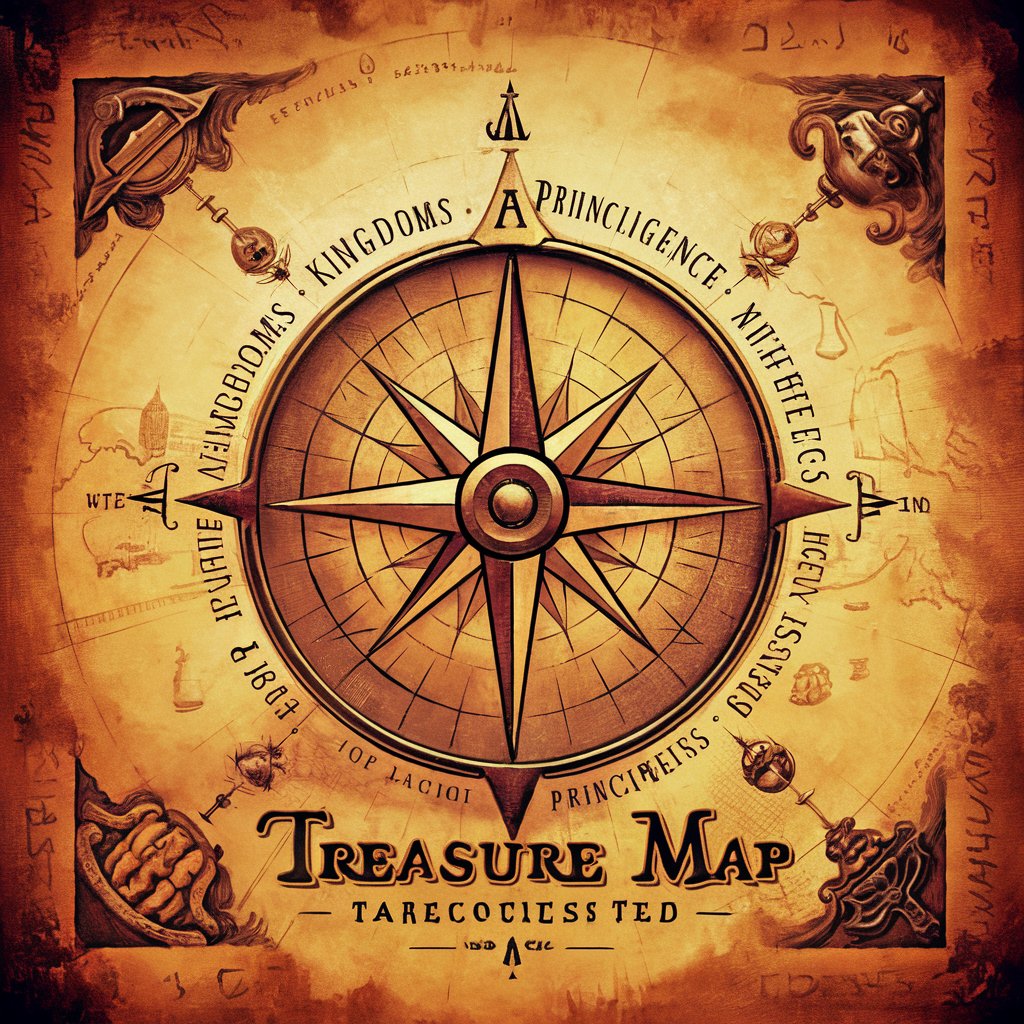
Welcome! Ready to explore history's hidden treasures?
Unveiling history's hidden treasures with AI
Explore the historical significance of...
Uncover potential treasure locations by examining...
Investigate ancient trade routes in...
Discover hidden treasures in the former kingdom of...
Get Embed Code
Understanding Treasure Map
Treasure Map is a specialized GPT designed to assist in uncovering potential treasure locations by leveraging the historical and geographical contexts of ancient kingdoms and principalities. It combines historical data, known trade routes, and significant archaeological findings to suggest plausible sites where treasures might be hidden or lost. Unlike conventional treasure maps, this GPT doesn't rely on myths or legends but on factual, historical information to guide enthusiasts and researchers towards realistic exploration opportunities. For example, if someone is interested in the Roman Empire, Treasure Map could provide insights into regions where Roman legions were stationed or where significant battles occurred, which are areas that could potentially harbor lost artifacts or treasures. Powered by ChatGPT-4o。

Core Functions of Treasure Map
Historical Contextualization
Example
Analyzing the Silk Road's impact on the distribution of wealth and artifacts across Asia and Europe.
Scenario
A user interested in the Silk Road's history could receive detailed insights into specific regions along the trade routes where historical events or transactions may have led to the accumulation of valuables, guiding them on where to focus their research or exploration efforts.
Archaeological Site Guidance
Example
Identifying areas with significant archaeological discoveries related to the Mayan civilization.
Scenario
An enthusiast wishing to understand more about Mayan culture and possible treasure sites could be guided towards regions in Central America known for their archaeological richness, such as the Yucatan Peninsula, providing a starting point for legal and responsible exploration.
Legal and Ethical Exploration Advice
Example
Offering guidelines on respecting archaeological sites and laws regarding treasure hunting.
Scenario
Before embarking on an exploration, a user can receive advice on how to pursue their interest in treasure hunting responsibly, ensuring they understand the importance of preserving historical sites and adhering to local and international laws.
Who Benefits from Treasure Map
History Enthusiasts
Individuals with a passion for history and a curiosity about past civilizations, trade routes, and historical events. They benefit from using Treasure Map by gaining a deeper understanding of potential locations for historical artifacts or treasures based on factual, historical contexts.
Academic Researchers
Scholars and students focusing on archaeology, history, or anthropology who require detailed historical and geographical insights for their academic work. Treasure Map can assist them in pinpointing areas of interest for fieldwork, study, or research.
Responsible Treasure Hunters
Adventurers and explorers who are committed to the legal and ethical discovery of lost artifacts or treasures. Treasure Map provides them with a knowledge base to guide their explorations, ensuring they respect the integrity of archaeological sites and comply with laws.

How to Use Treasure Map: A Guide
1
Start by visiting yeschat.ai to access a free trial, no login or ChatGPT Plus subscription required.
2
Input the name or location of a historical kingdom, principality, or area of interest to explore potential treasure locations.
3
Utilize the detailed historical and geographical information provided to understand the context of your search area.
4
Apply the information for legal and responsible exploration, respecting local laws and archaeological guidelines.
5
Consider using additional resources or tools recommended by Treasure Map to further enrich your exploration and research.
Try other advanced and practical GPTs
psy_adult_stress
Empowering stress management with AI

Crypto Range Trading Course
Master Range Trading with AI-Powered Insights

Spanish GPT
Empower your Spanish with AI
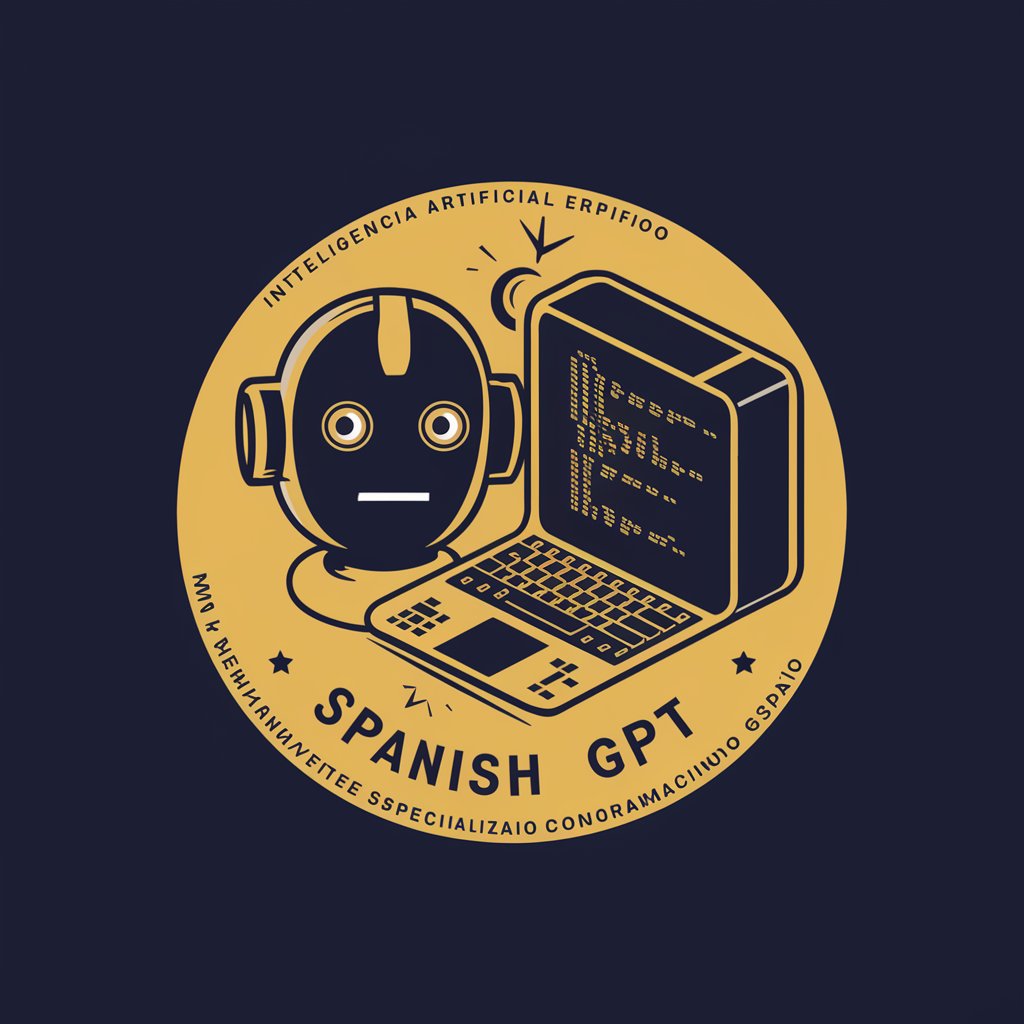
Code Wizard
Empowering Code with AI

Swahili Meme: Vichekesho Mtaani
Craft Humor Across Cultures

The Mad Scientist (Take a Ride on the Wild Side!)
Unleash creativity in science with AI-powered madness!
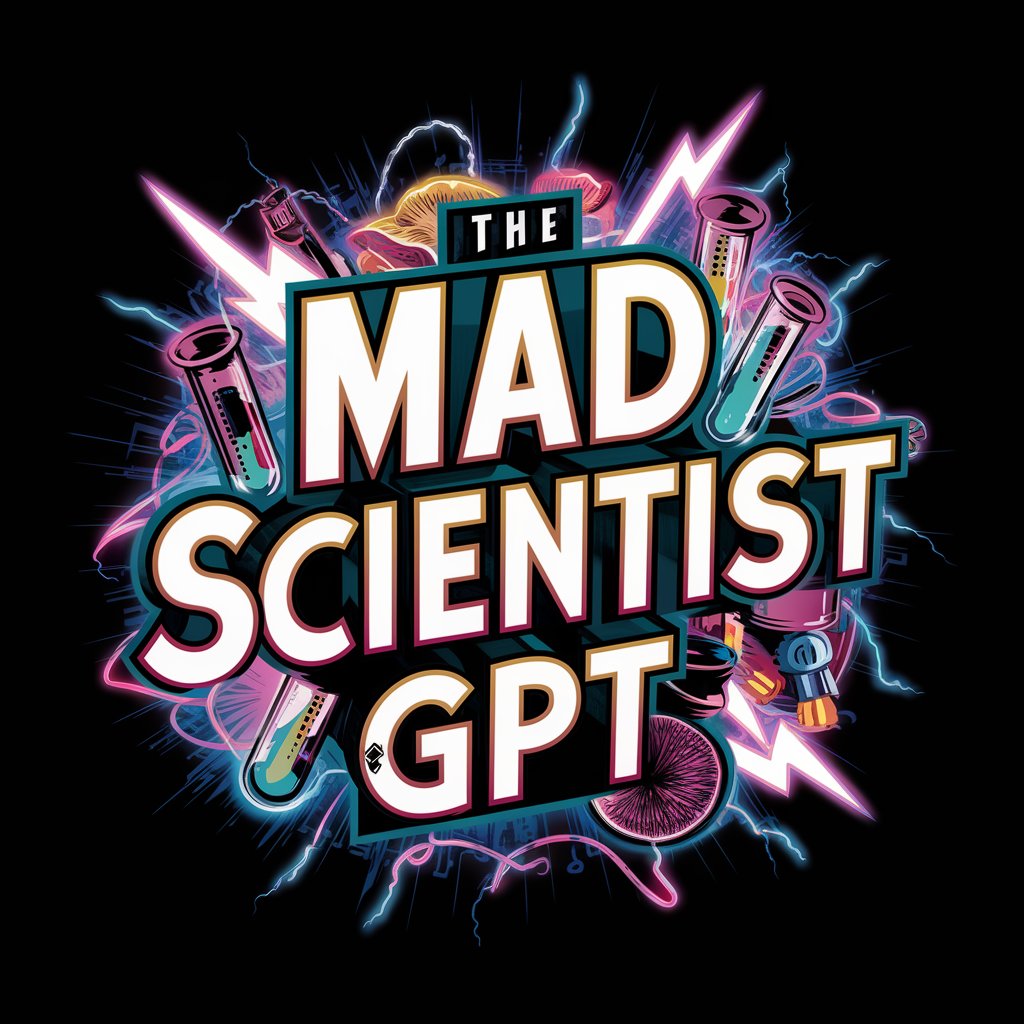
Transcript Vienamese to West-Alphabet
Simplify Vietnamese with AI-powered transcription.

英単語クイズ - WIZARD
Empower your English with AI-driven quizzes
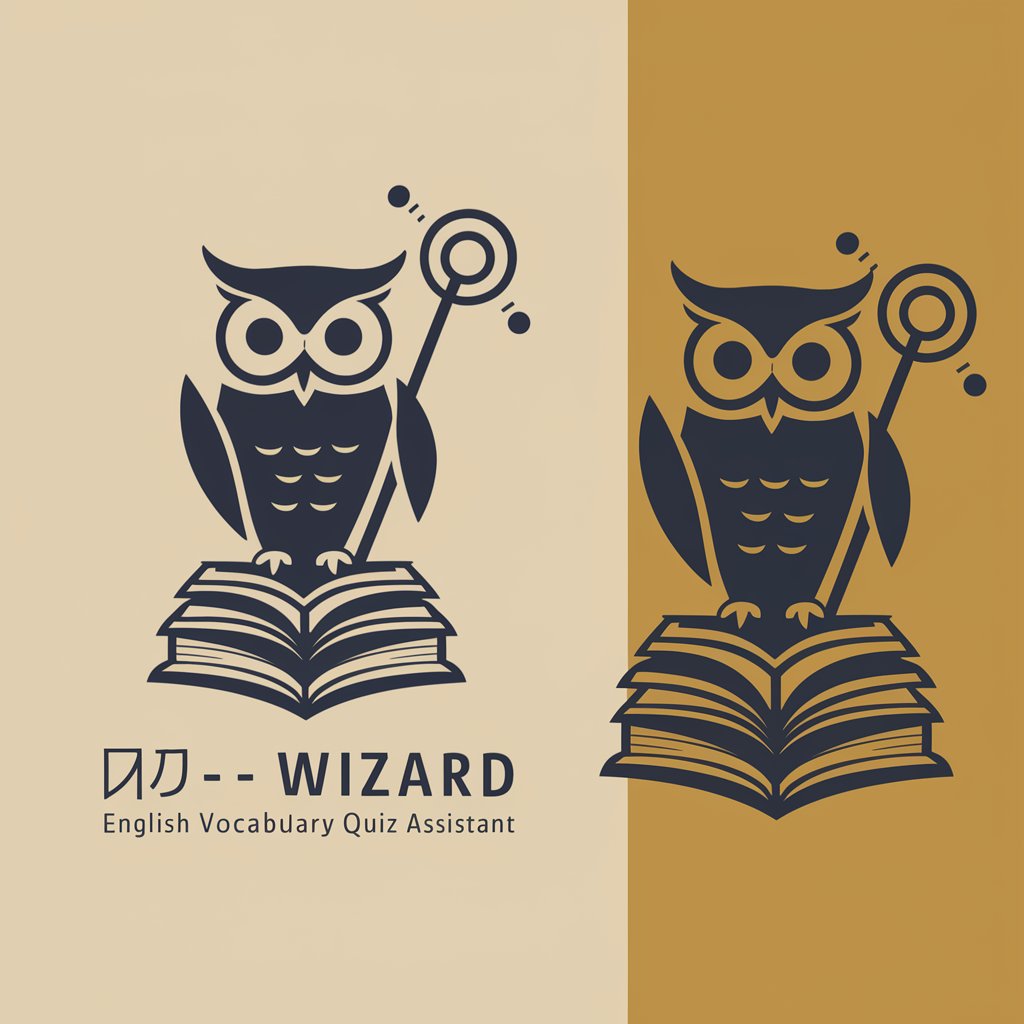
EchoWordsmith
Crafting Your Words with AI
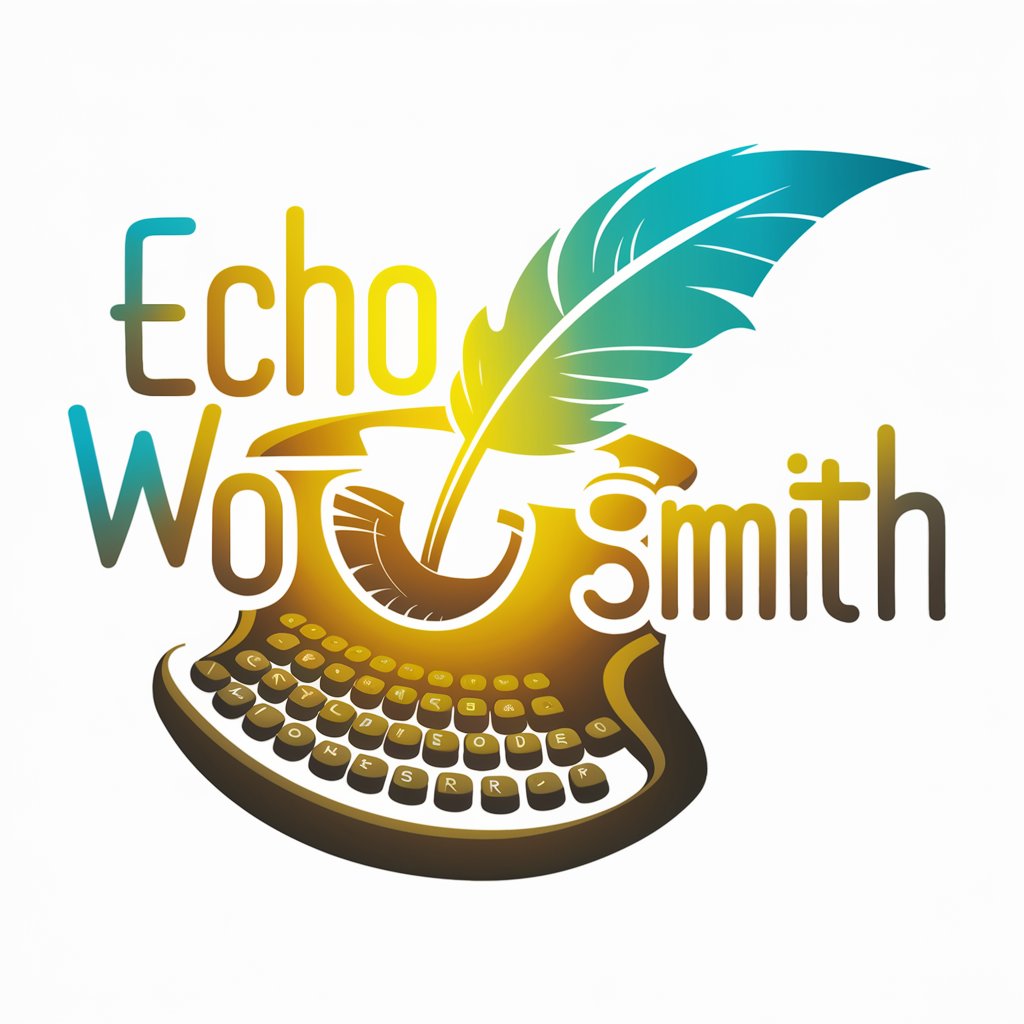
Believe meaning?
Empower creativity with AI insights.
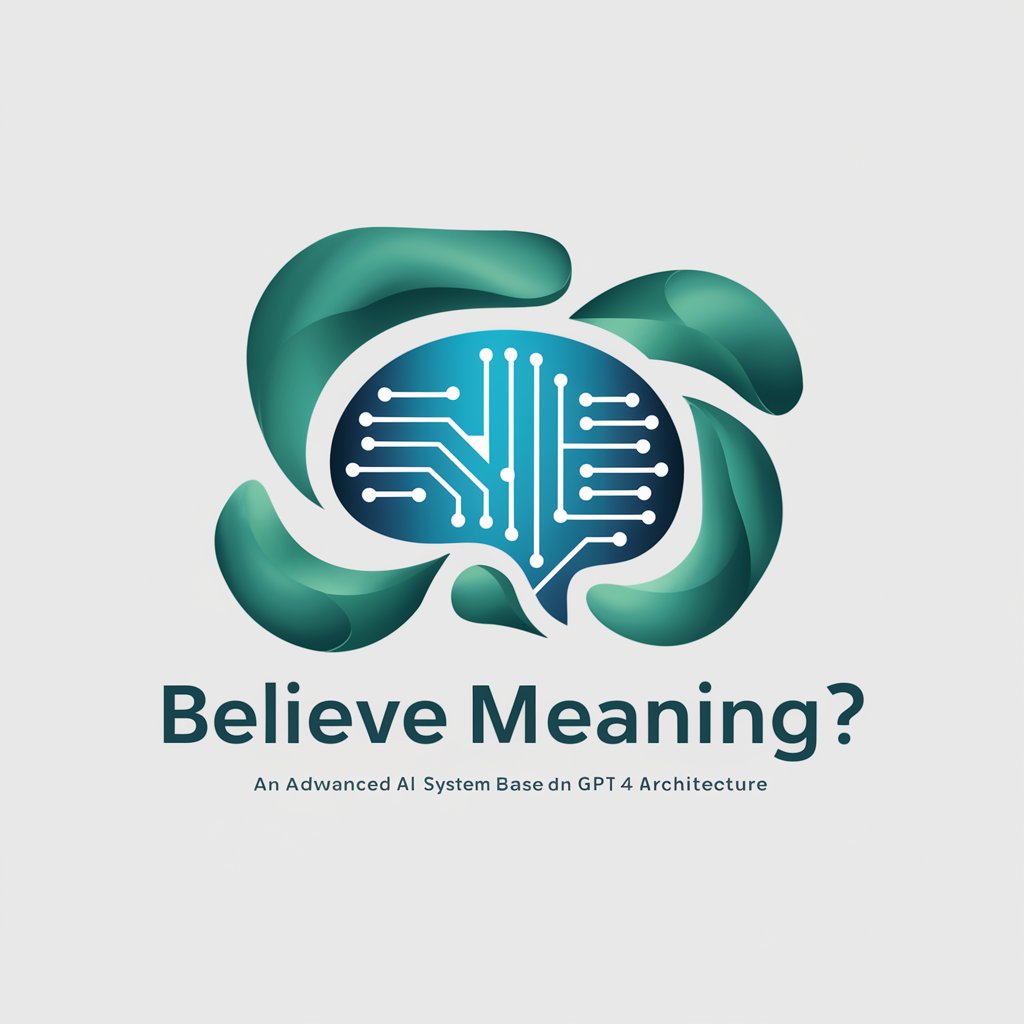
Semantic PDF & Drive Explorer
Unlock PDF insights with AI
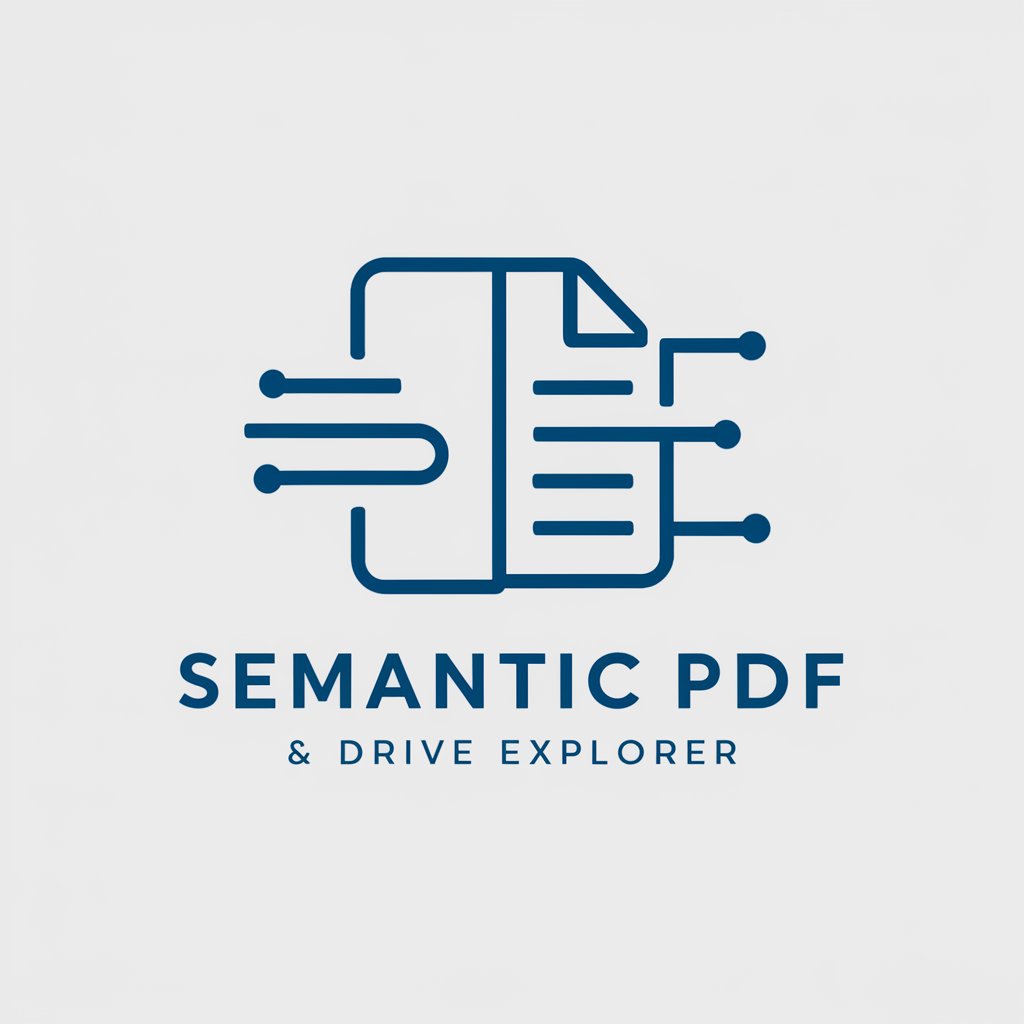
Abogado ANT Ecuador
Navigate Ecuadorian traffic laws with AI-powered assistance
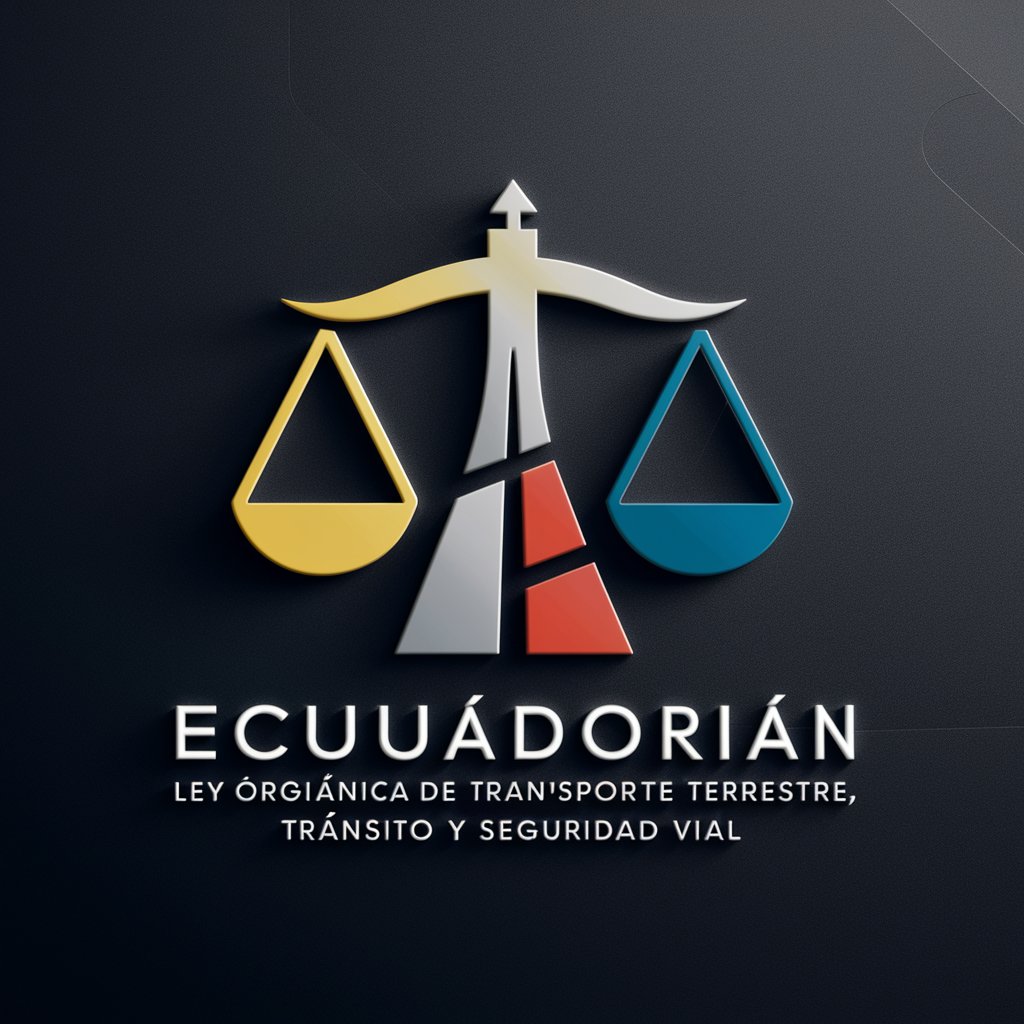
Frequently Asked Questions about Treasure Map
What is Treasure Map?
Treasure Map is an AI-powered tool designed to assist users in finding potential treasure locations by leveraging historical and geographical knowledge of ancient kingdoms and principalities.
Can Treasure Map predict exact treasure locations?
While Treasure Map provides suggestions based on historical data, it cannot predict exact locations but rather guides users towards areas with higher potential based on historical context.
Is Treasure Map suitable for academic research?
Yes, it offers valuable insights and data that can support academic research in history, archaeology, and geography, among other fields.
How does Treasure Map ensure responsible treasure hunting?
Treasure Map emphasizes the importance of legal and ethical exploration, advising users to adhere to local laws and respect archaeological sites.
Can Treasure Map help with modern treasure hunts?
Yes, it can provide historical insights that might be relevant to modern treasure hunts, although its primary focus is on historical and archaeological contexts.
